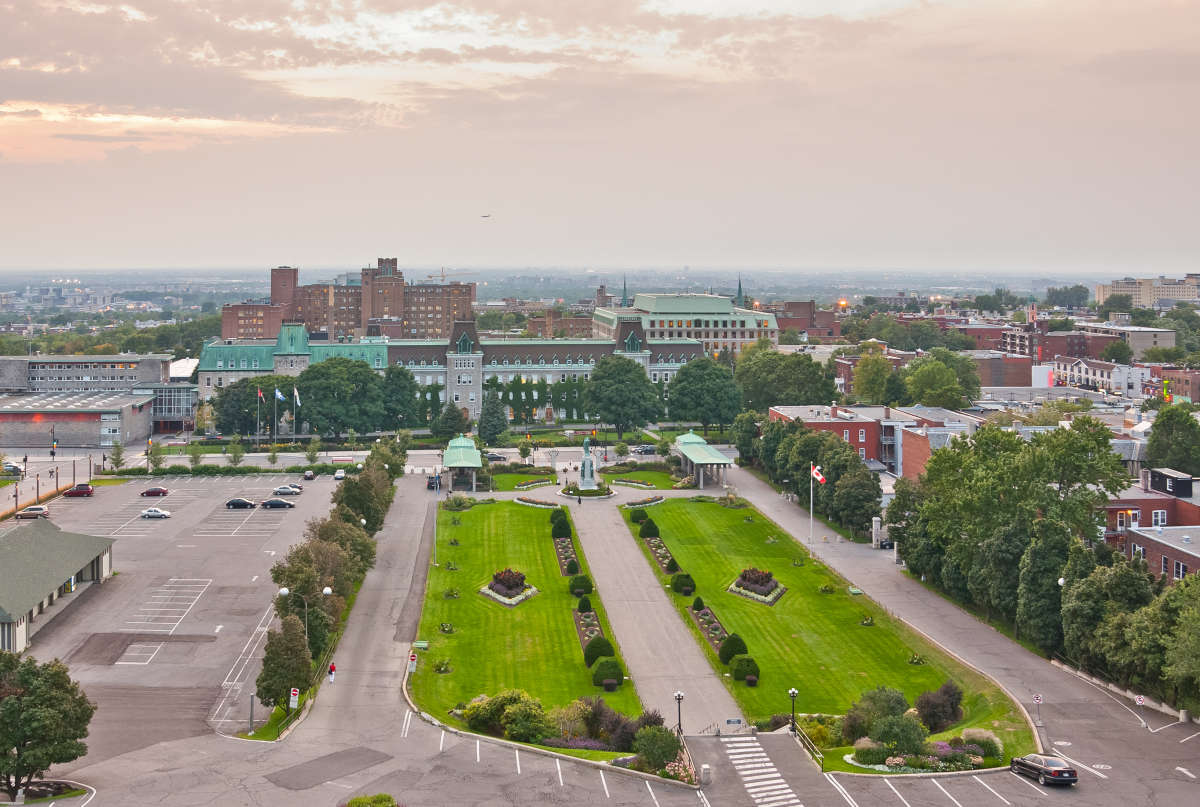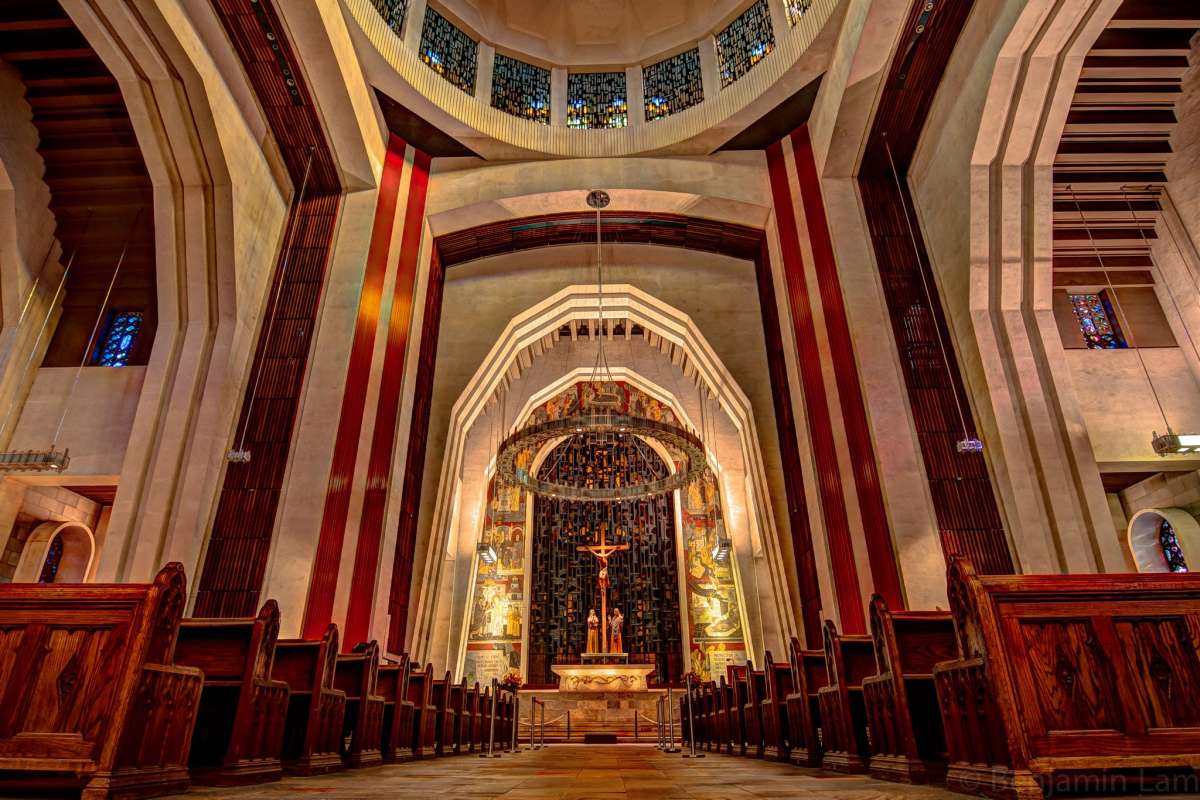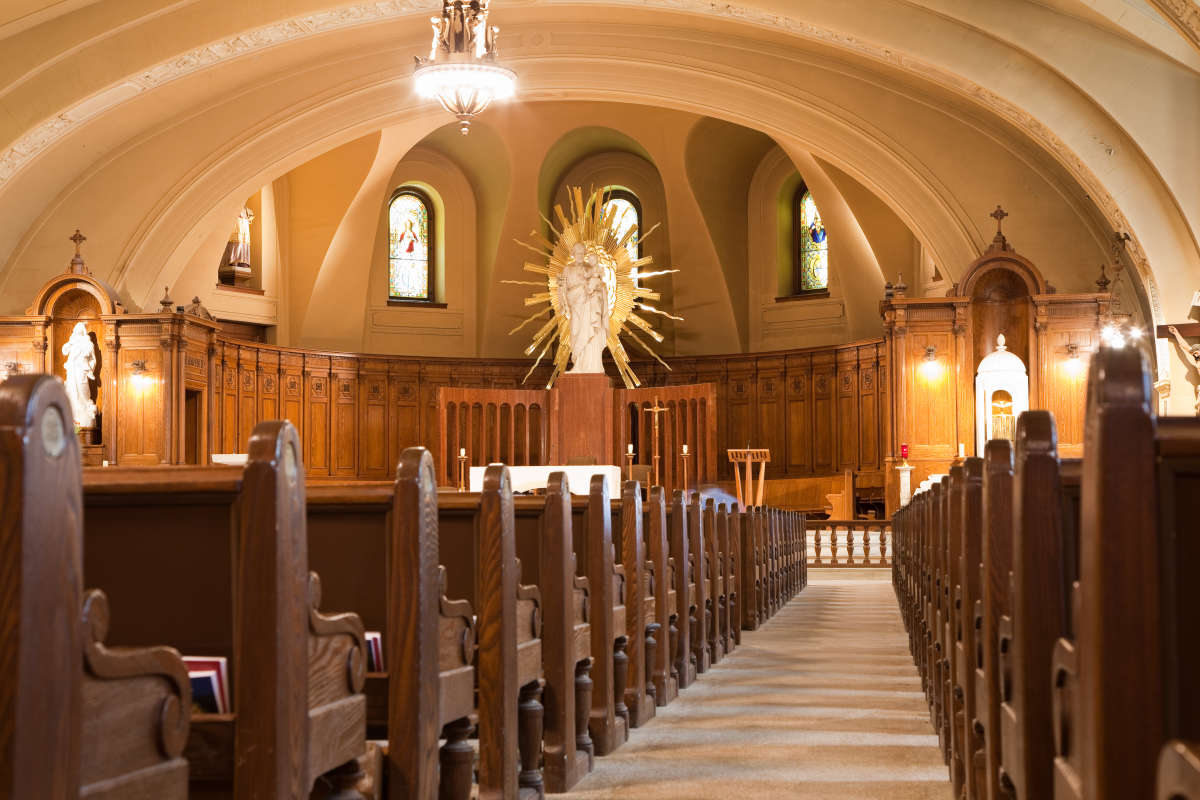Saint Joseph’s Oratory ⛪ Montreal 🇨🇦
Exploring Canada’s largest church

How I visited Montreal 3 times before I became aware of the architectural masterpiece that is Saint Joseph’s Oratory, I’ll never know. On first approach, it’s hard to imagine any part of the city from which the basilica isn’t visible; however, I quickly learned that its position on Mount Royal’s Westmount Summit allows for different views than visitors perched atop Mount Royal’s park summit will experience.
 Approaching Saint Joseph's Oratory
Approaching Saint Joseph's Oratory
Though the first church to exist on this site dates back to earliest days of the 20th century, construction of the current basilica began in 1924, and was completed in 1967. North America’s largest monument to Saint Joseph – the patron saint of Canada -- the Oratory has served as a pilgrimage site for Catholics in search of healing and support.
 The basilica dome, constructed in Italian Renaissance style, claims to be the 3rd largest of its kind in the world.
The basilica dome, constructed in Italian Renaissance style, claims to be the 3rd largest of its kind in the world.
The first thing you’ll notice as you approach the complex is the seemingly endless number of stairs – 283 to be exact. The walk is steep, but the magnificent city views from the observation terrace below the basilica dome are well worth the effort.
 Climbing the stairs
Climbing the stairs
 Views of Montreal
Views of Montreal
The immense complex highlights the talents of several generations of artists and architects, resulting in a one-of-a-kind diversity in its design aesthetic. The Basilica’s cavernous interior, in contrast to its Renaissance-inspired exterior, is strikingly modern. The 10 stained-glass windows, the large mosaic, and the Stations of the Cross were designed by French artisans, while the organ traces its origins to Germany.
 The basilica's interior was influenced over the course of many years by a number of architectural styles.
The basilica's interior was influenced over the course of many years by a number of architectural styles.
 One of ten resplendent stained glass windows.
One of ten resplendent stained glass windows.
 The magnificent organ, installed in 1960, is composed of 5,811 pipes and has five keyboards.
The magnificent organ, installed in 1960, is composed of 5,811 pipes and has five keyboards.
Beneath the Basilica, the smaller Crypt Church, built in a neoclassical style, features detailed oak woodwork, colorful light fixtures, and ornate arches. Note the 9-foot-high statue of Saint Joseph behind the alter, carved from Carrara marble.
 The original Crypt Church, constructed in 1916.
The original Crypt Church, constructed in 1916.
The Votive Chapel, enclosed between the Crypt Church and the mountain’s rock, is adorned with slopes of green and red candles that draw the eye to the statue of Saint Joseph. Note the canes and crutches suspended between pillars (they were left at the shrine by grateful pilgrims), as well as the tomb of Saint Andre sculpted in black marble.
 The Votive Chapel, designed in Art Deco style, opened in 1949.
The Votive Chapel, designed in Art Deco style, opened in 1949.